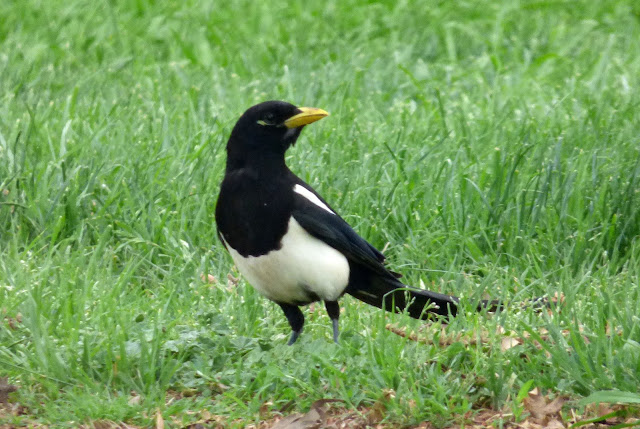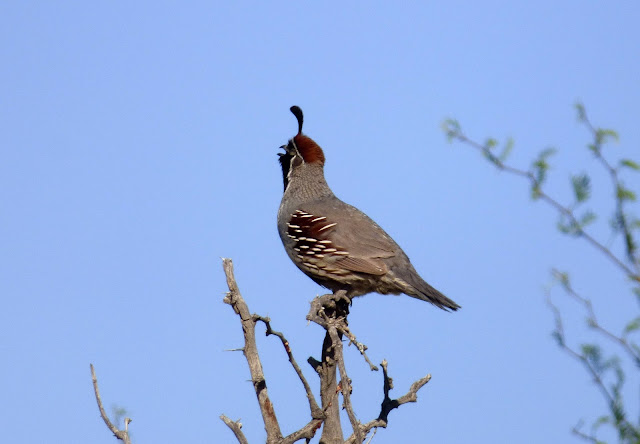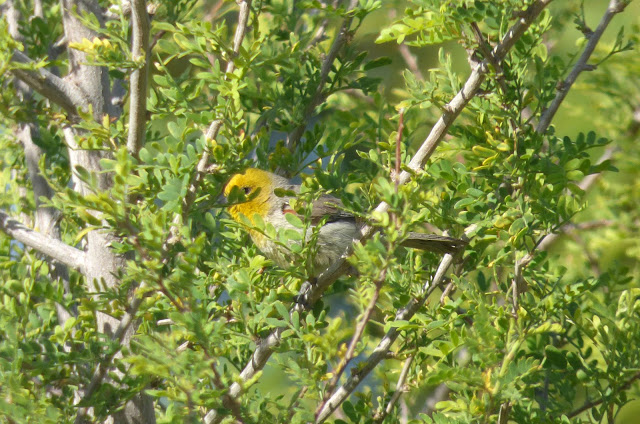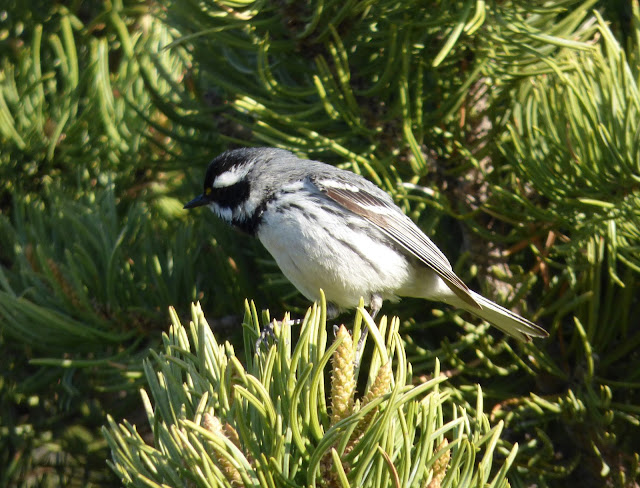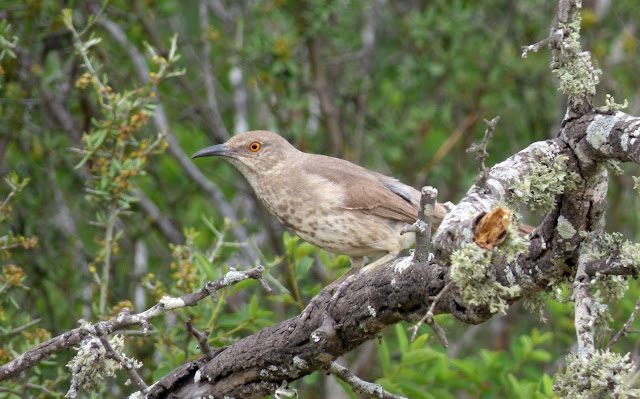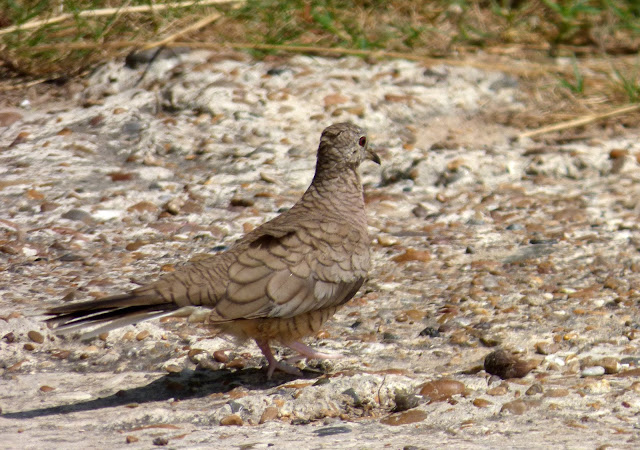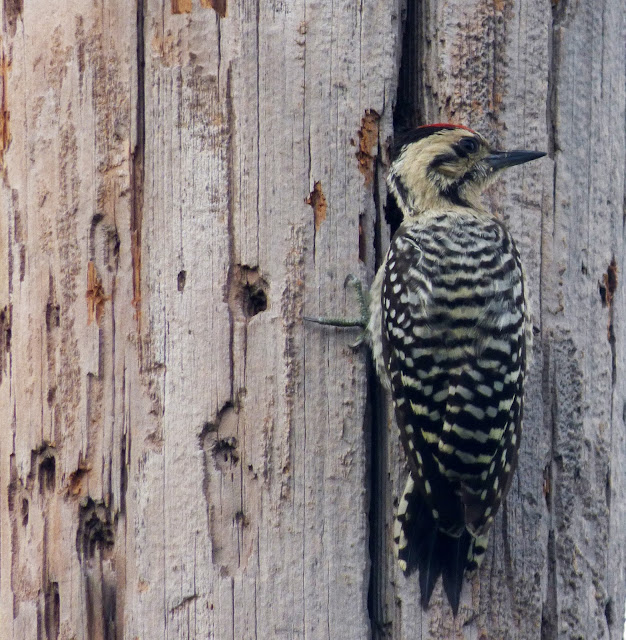Birding in Southeast Asia during the months of September and October brought with it the chance to see, in addition to all the amazing tropical residents, migrants recently arrived or in transit from northern mainland Asia.
We began regularly seeing many little brown jobs at forest edges that look something like this:
 |
| This is a Muscicapa sp. at Wehea Forest (bird A), a bird you were quite happy to have not ever heard of |
Now I love the Phillips Guide to the Birds of Borneo (really... it's one of my all-time faves), but it simply isn't all that helpful with sorting out which Muscicapa one might be looking at, especially for an out-of-towner like myself.
The book does at least lay out three likely candidates (which, confusingly, may actually be five).
1a. Asian Brown Flycatcher (Muscicapa daurica daurica) - allegedly the most commonly seen migrant, but see 1b and 1c...
1b. Asian Brown Flycatcher (Muscicapa daurica williamsoni) - apparently a rarer/overlooked/never recorded(?) migratory species/subspecies in Kalimantan.
1c. Asian Brown Flycatcher (Muscicapa daurica umbrosa) - a scarce resident subspecies/species that breeds in lowland forest
2. Dark-sided Flycatcher (Muscicapa sibirica) - a scarce migrant "Plumage is variable and this bird is easily confused with Grey-streaked Flycatcher. The extent and density of streaking varies from almost none to quite heavy. Breast is generally darker with streaks less contrasting than in Grey-streaked."
3. Gray-streaked Flycatcher (Muscicapa griseisticta) - a scarce migrant "Usually more heavily streaked than Dark-sided Flycatcher with streaks more contrasting against a whiter background. Also white streak in front of the eye is more prominent than in Dark-sided Flycatcher, and tip of primary feathers i the same length as the tail..."
If you could see the cartooning illustrations you would see the conundrum!
 |
another Muscicapa sp at Wehea Forest (bird B)
|
The muscicapas kept piling up and I kept taking photos and focusing on more interesting birds.
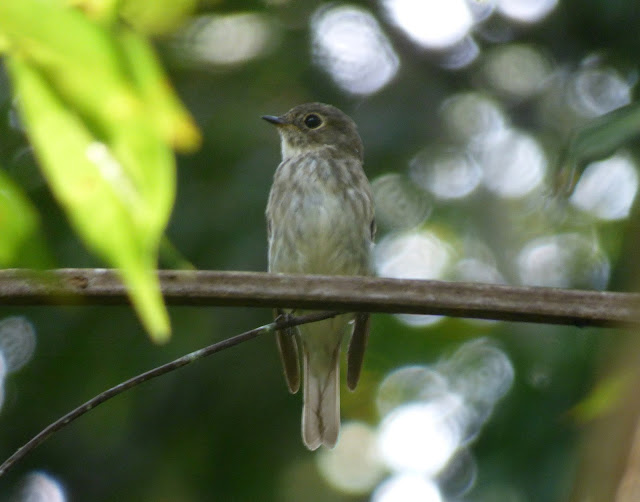 |
| yet another at Wehea (bird C). Most of the birds we saw in East Kalimantan looked like this. Blurry brown streaking |
My initial thinking on these first three birds is that given that there were so many around (more than just these three I photographed that gave a similar giss) that they must be the most common of the choices, which would be: 1a Asian Brown Flycatcher (
Muscicapa daurica daurica).
Then at Wehea I saw a different-looking musicapa:
 |
4th individual Muscicapa sp at Wehea (bird D)
|
...instead of streaking on the underparts it has more of a matrix of dark blots and there's some dinginess to the undertail coverts where they seemed to be purely white on the previous birds.
 |
bird D again
|
A closer look revealed this bird to an immature with pale spotting on the head and back, so probably just a young version of whatever the first three (A, B, C) were.
At Merabu Village forest the
Muscicapa continued to pile up.
 |
Muscicapa at Merabu (bird E), looks like another young bird
|
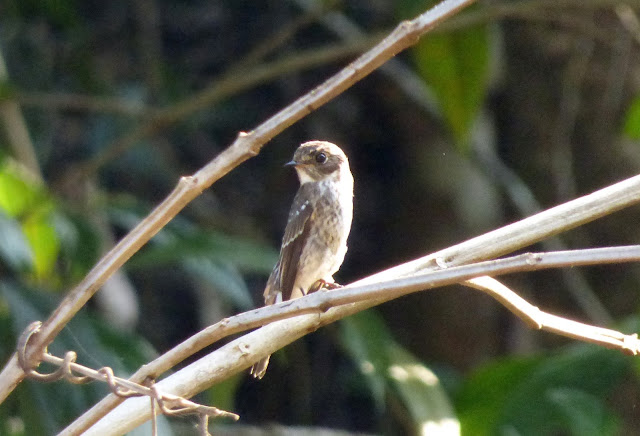 |
Bird E again. Yeah, the pattern on the underparts looks a lot like bird D from Wehea
|
 |
One final shot of bird E, just to show how much speckling young birds can have on the upperparts
|
 |
Unfortunately I didn't get a great show of this bird at Merabu (bird F), but it appears to lack underpart streaking altogether... or perhaps just a photographic artifact?
|
What happened at Sungai Lesan? We saw more:
 |
| Muscicapa at Sungai Lesan (bird G) another young bird? |
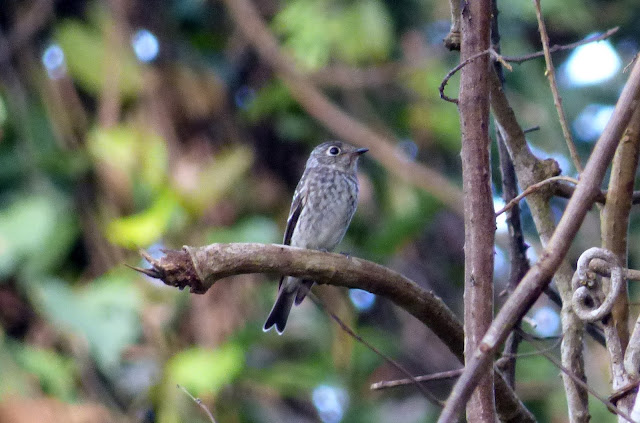 |
| Bird G again |
 |
This is another bird (bird H) that is either significantly less streaked or the harsh light is tricking me. It's got some tail feather molt going on as well, which was not apparent in any other muscicapa we saw
|
Whatever these birds are, they are everywhere, so I just kind of assumed that they were all Asian Brown Flycatchers (a "common migrant").
But then in Singapore we saw these guys:
 |
| what the heck is this? (bird I) |
Is this even a
Muscicapa?
So my Singapore book is even less helpful for flycatcher ID because it doesn't exist.
 |
| bird I again |
But I couldn't help but wonder if this Singapore bird (bird I) is the real Asian Brown Flycatcher (
Muscicapa d. d.) and all the Borneo birds were Dark Sided Flycatchers (
Muscicapa sibirica).
Google imaging (for what that's worth, which is probably not much) seems to support this conclusion, but I feel like I'm missing something here.
So, help a birder out and pass this post along to somebody who's experienced with Southeast Asia. I'd love to be set straight with this Muscicapa mess.
Oh... and while you're at it, have a look at these
phylloscopus.
The old world warbler family was already tough enough, but then some asshole geneticist had to come along and split Arctic Warbler into three, the cryptic trio of Artic/Kamchatka Leaf/Japanese Leaf Warbler. Since they are mostly identified by voice and generally silent in winter, I'm not sure anybody yet has a great handle on their migration/wintering distributions (though I have read that the Japanese one prefers high elevations).
Also, these birds are about 100 times more difficult to photograph than muscicapa, so sorry for the poor quality.
 |
| Bird J, Singapore Botanic Garden |
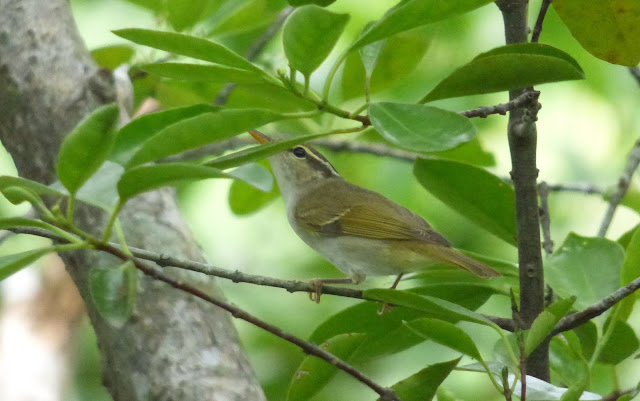 |
| Bird J, Singapore Botanic Garden |
 |
| Bird K, Sungei Buloh Wetland Park, Singapore |
 |
| Bird L, Maratua Island, East Kalimantan |
 |
| Bird L, Maratua Island, East Kalimantan |
*Update: some Old World experts have chimed in a reached a consensus on the IDs of these birds (see the 'answer key' below). For details about their reasoning, see
this thread over at Bird Forum. Also see this
blog post by Dave Bakewell for more muscicapa musing (you just couldn't get enough could you?)
A - Dark-sided Flycatcher
B - Dark-sided Flycatcher
C - Dark-sided Flycatcher
D - Dark-sided Flycatcher
E - Dark-sided Flycatcher
F - Asian Brown Flycatcher
G - Dark-sided Flycatcher
H - Asian Brown Flycatcher
I - Asian Brown Flycatcher
J - Eastern Crowned Warbler
K - Eastern Crowned Warbler
L - 'Arctic' Warbler
